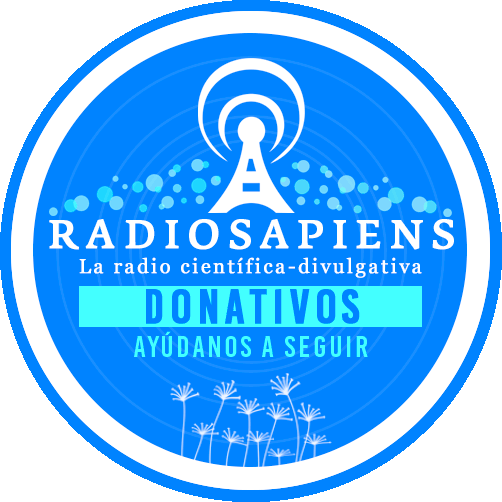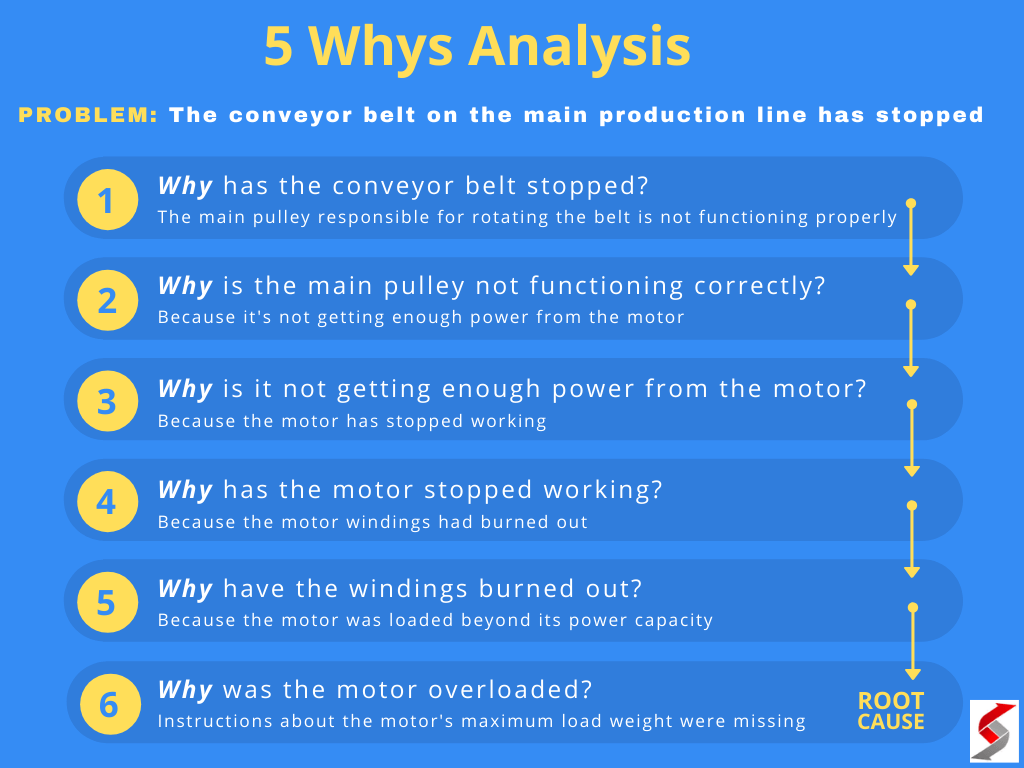Unlocking Doors: Step-by-Step Methods, Safety Tips, and When to Call a Professional
Understanding Door Locks and Common Challenges
Locked doors are a frequent inconvenience for homeowners, renters, and business owners alike. Whether you’ve misplaced your keys, the lock has malfunctioned, or a door accidentally closed behind you, it’s essential to approach the situation calmly and with the right knowledge. There are several ways to unlock a door without a key, but the best method depends on the type of lock and door, as well as the tools at your disposal. This guide will explain popular techniques, highlight their pros and cons, and help you determine when it’s time to seek professional help.
Assessing Your Situation: Types of Door Locks
Before attempting to unlock a door, identify the lock type. The most common residential locks include:
- Spring-latch doorknobs : Found on interior doors and some exterior doors, these can sometimes be bypassed with simple tools.
- Deadbolts : Offer higher security and require more specialized methods for unlocking.
- Privacy locks : Typically found on bedroom or bathroom doors, often easier to unlock without a key.
Understanding your lock type will inform which technique is most likely to succeed and minimize the risk of damaging your property.
DIY Methods for Unlocking a Door Without a Key
1. Using a Credit Card or Plastic Card
This classic method works best on spring-latch doorknobs, not deadbolts. Select a flexible, laminated card you don’t mind potentially damaging. Insert the card between the door and frame at the point where the latch is located. Angle and push the card against the latch while wiggling and pushing the door. If successful, the latch will retract and the door will open. This technique requires patience and skill, and may cause minor damage to the card or door. [1] [2] [5]
Example:
Many people have successfully opened a locked bathroom door using a loyalty card or similar item. However, this method is ineffective against doors with deadbolts or those designed with anti-card features.
2. Unlocking with Bobby Pins or Paperclips (Lock Picking)
Picking a lock with bobby pins or paperclips can work on simple pin-tumbler locks, but it requires dexterity and practice. To try this, bend one bobby pin to create a handle and another to serve as a pick. Insert the bent pin deeply into the keyhole to act as a torsion wrench, then use the straightened pin to push the pins inside the lock upward. With patience, you may align the pins and turn the lock. This method is less effective on higher-security locks and may damage the mechanism if done incorrectly. Only attempt this on locks you own or have explicit permission to open. [3] [2]
Real-world example:
Lock-picking tools and practice locks are available for those interested in learning this skill legally and safely.

Source: pixabay.com
3. Using a Screwdriver or Allen Wrench
A flathead screwdriver or an Allen wrench can sometimes open privacy locks and some doorknobs. Insert the tool into the keyhole or the gap near the latch, then gently turn or wiggle to try engaging the lock mechanism. For privacy locks with a small hole in the knob, a small screwdriver or even a straightened paperclip can depress the unlocking mechanism. For spring-latch doorknobs, a screwdriver may be able to push back the latch from the frame side. [1] [2]
Potential challenge:
Forcing the tool or using too much pressure can damage the lock or the door. Always use gentle, controlled movements and stop if you encounter resistance.
4. Opening a Door with a Coat Hanger
This technique is useful for doors with simple latch mechanisms, such as interior doors. Straighten a wire coat hanger, leaving a small hook at one end. Insert the hooked end between the door and the frame at the latch location. Maneuver the hook around the latch and gently pull or push to retract it. This method requires patience and a steady hand. [1] [4]
Case study:
Many online tutorials demonstrate this method for unlocking bathroom or bedroom doors, especially when privacy locks are engaged.
5. Alternative Methods: Knife or Multi-Tool
A dull-bladed knife or multi-tool can sometimes be used in place of a credit card to push back a spring latch. Insert the blade between the door and frame at the latch and press against the latch while wiggling the door. Only use a dull blade to avoid injury or damaging the door. [2]

Source: wikihow.com
Warning:
Never use force or sharp objects that may cause harm to yourself or damage to property.
When to Call a Professional Locksmith
In some cases, DIY methods may not work or may risk damaging your door or lock. High-security locks, deadbolts, or situations involving lost keys outside your property often warrant professional assistance. Locksmiths have specialized tools and expertise to open doors quickly and safely, often without causing any damage. [5]
If you are locked out of your home, office, or car and cannot gain access using the above methods, consider searching for a reputable local locksmith. Look for companies with positive reviews, transparent pricing, and proper credentials. In emergencies, many locksmiths offer 24/7 services.
How to find a locksmith:
You can search online for “licensed locksmith near me” or contact your local police department for recommendations. Avoid unlicensed or unverified services to prevent scams and ensure your safety.
Legal and Safety Considerations
It is legal to unlock doors you own or have permission to access. Attempting to open doors without authorization may be illegal and could result in criminal charges. Additionally, some DIY methods can damage locks or doors, potentially leading to expensive repairs. Always prioritize safety and legality.
Children and pets should be kept clear of the area while attempting to unlock a door. If you are unable to open the door safely or if there is an emergency situation (such as someone locked inside and in distress), contact emergency services immediately.
Preventing Future Lockouts
To reduce the risk of future lockouts, consider these strategies:
- Keep a spare key in a secure, accessible location, such as with a trusted neighbor or in a lockbox.
- Upgrade to smart locks that offer keyless entry options, such as keypad codes or smartphone access.
- Regularly maintain locks and replace worn keys to minimize malfunction.
Smart locks can provide additional convenience and security, often allowing you to unlock doors remotely or grant temporary access to guests. [1]
Summary and Key Takeaways
Unlocking a door without a key is possible in many situations, but methods vary based on lock type and available tools. Techniques such as using a credit card, bobby pins, screwdrivers, or coat hangers can be effective on simple locks but are less reliable on high-security systems. Always prioritize legal and safe approaches, and never attempt to open doors you do not own or have permission to access. When in doubt, or when dealing with complex locks, professional locksmiths offer the safest and most reliable solution.
References
- [1] eufy (2025). How to Door Lock Open (Without a Key).
- [2] Sure Lock & Key (2023). 6 Effective Ways to Unlock a Door Without a Key.
- [3] Popular Mechanics (2023). How To Unlock a Door Without the Key in 7 Different Ways.
- [4] YouTube (2020). 5 Easy Ways to Unlock a Bedroom Door or Bathroom Door.
- [5] Pop-A-Lock Baltimore (2025). How to Open a Locked Door (And When to Call for Help).
MORE FROM gowithdeal.com













